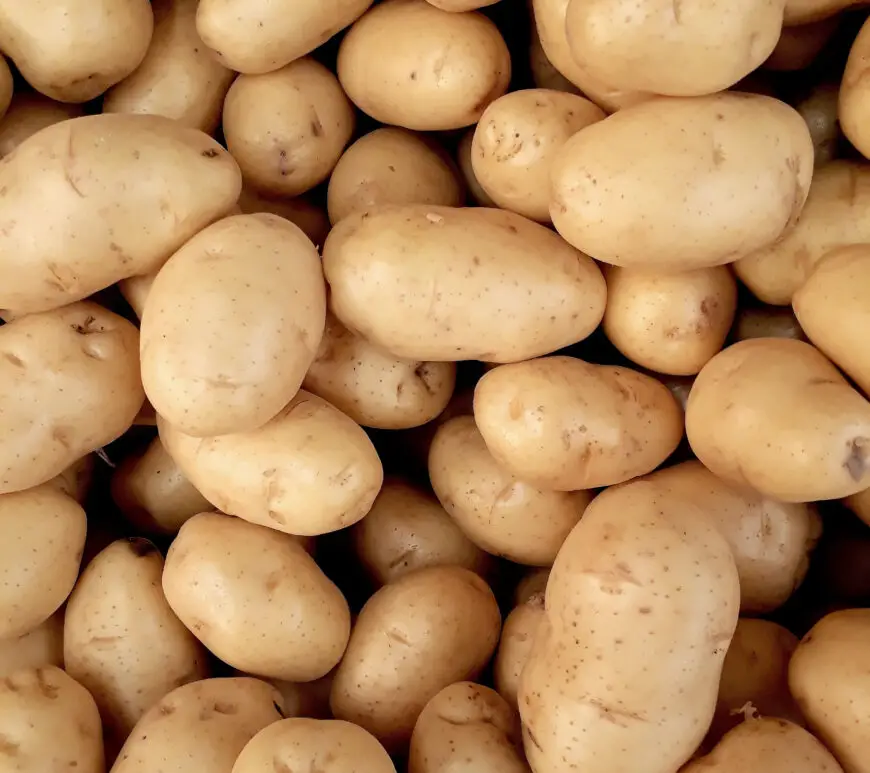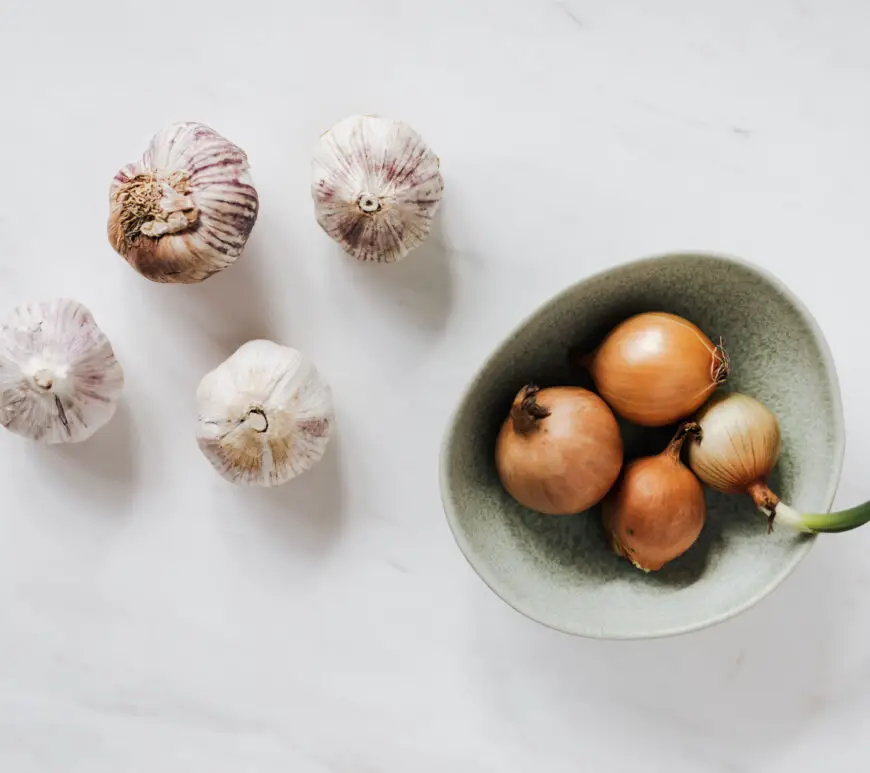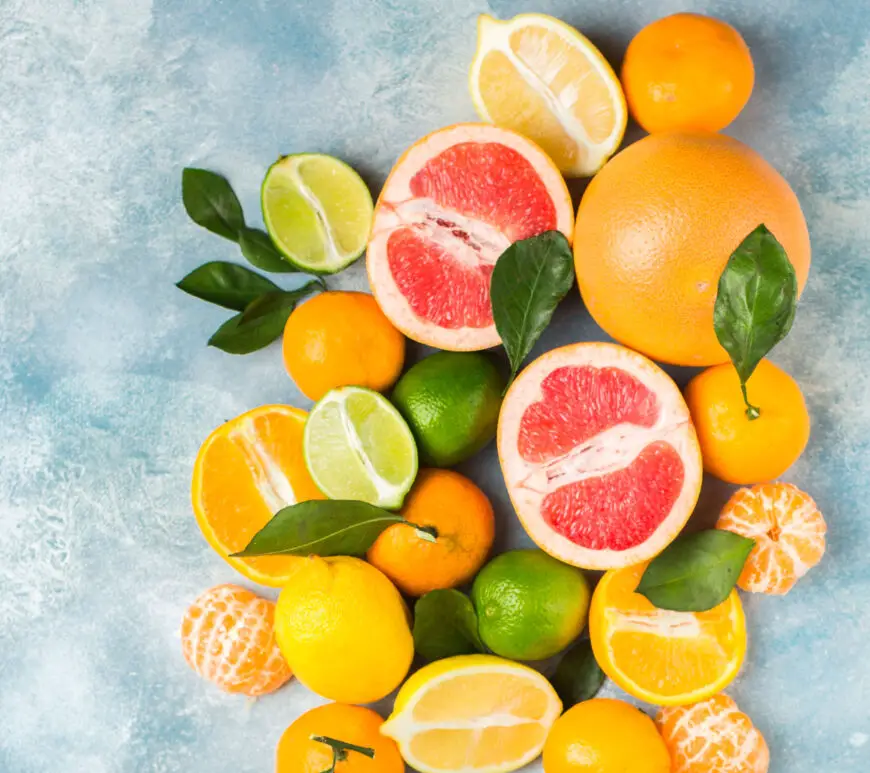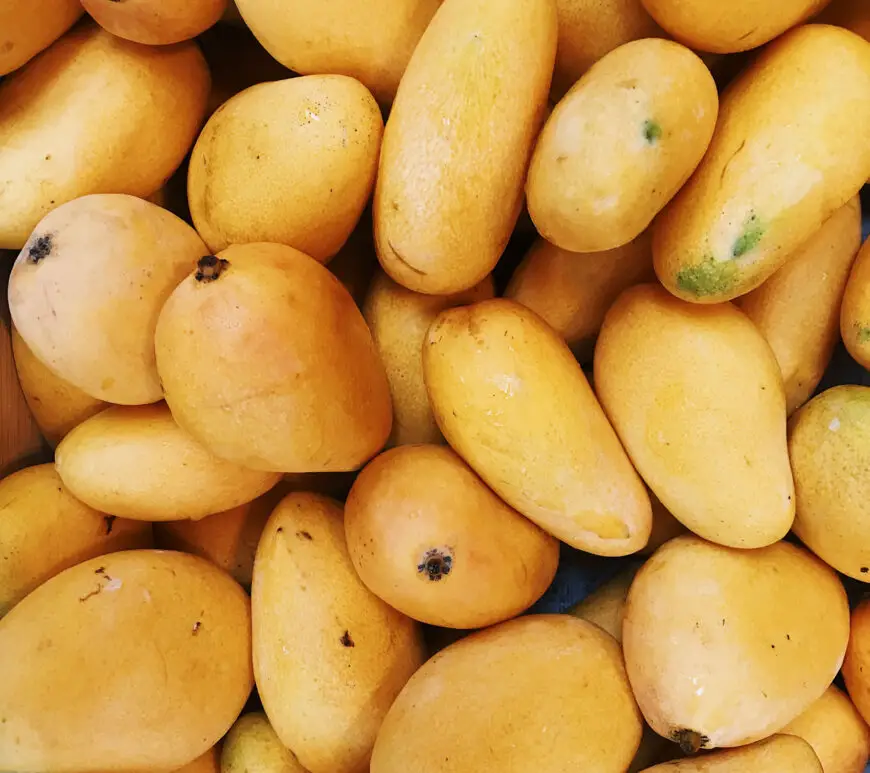Refrigerating food will help slow down the growth of bacteria, thereby prolonging its shelf-life. However, some types of food will deteriorate when exposed to cold air. Here are examples of food that you shouldn’t put in the refrigerator.
1. Tubers

You should store tubers like potatoes and kamotes in a cool, dark, and dry place (emphasis on dry). Storing this type of food in a humid place – a refrigerator, for instance – can make them sprout. While you can still use a sprouted potato for cooking (with the sprouts removed, of course), their nutritional value will be already depleted as they used up all of their nutrients trying to grow a sprout.
Also, refrigerating starchy tubers can turn the starch into sugar, resulting in a sweeter and grittier spud. This process will also have a discoloration effect when fried.
It is best to just store them in a basket or a cardboard box with holes at the side, and place it inside a cabinet or wherever light won’t get to them; Do not expose your spuds to too much light, as they can turn green and potentially toxic.
2. Alliums

The bulbs of plants from the Allium genus such as garlic, onions, and shallots, are susceptible to molds when exposed to cold and humidity.
It is best to store them the same way as potatoes – in a cool, dry, and dark place – but keep them separate! Storing onions and potatoes together can make them both rot quicker.
The greens from Alliums – like leeks, chives, and scallion – are a different story. You should store them in the crisper drawer. However, you should lightly wrap them in a plastic bag so that their odor won’t mix with the other contents of the fridge.
FURTHER READING: How To Keep Your Refrigerator Smelling Fresh
3. Citrus Fruits

Some people say that you should; some say you shouldn’t. At 101appliance, our stance is you can, but you don’t have to.
Whole citrus fruits have very thick skins that prevent them from drying out or from going bad early. They are perfectly fine being left out in the open in the fruit basket. If you’ve already opened them in some way, then put them in the fridge and consume them as quickly as you can.
If you are going to store them in the fridge, put them in the crisper drawer. Don’t put them in a sealed plastic bag as they can get mushy really fast; use a mesh bag instead to let air circulate between the fruits.
4. Tropical Fruits

When storing fruits, it is always wise to think about where they came from. Those native to colder climates – like apples, strawberries, and grapes – should be refrigerated. Meanwhile, fruits coming from the tropics – like mangoes, papayas, and pineapples – are perfectly fine to be left outside the fridge.
In the fridge, these fruits will be exposed to cold air which will dry them out or make them lose their flavor over time. “But I like my mangoes cold!” – and so do I; the best thing to do here is to ripen them at the fruit basket and pop them in the fridge for a few hours before consuming them.
Bananas are worthy of a special mention, as they brown and over-ripen quicker inside the fridge than outside it.
5. Squashes/Kalabasa

The moisture from a refrigerator can cause a squash to soften and rot quicker. You don’t need to refrigerate squashes anyway as their hard skin is usually enough to protect them from the elements.
Squashes can keep it quality for a long time if properly stored in a cool, dark, and dry place. You can even wrap them in cloth to prevent bruising. If you’ve already sliced them up, then you’ll have no choice but to refrigerate it.
Sources:
https://chopra.com/articles/which-produce-should-you-refrigerate
https://delishably.com/food-industry/How-to-Store-Fresh-Fruits-and-Vegetables-in-the-Refrigerator
FURTHER READING: Refrigerator Buying Guide

Miguel Mores worked for 5 years as a member of the product management team for a home appliance company in the Philippines. He started 101appliance to answer the most common customer questions that he has encountered during his time in the industry. He now works in the digital marketing field and manages a small online bookstore on the side.

